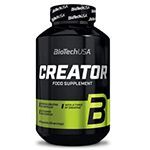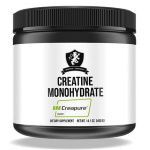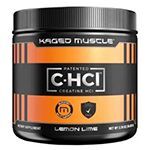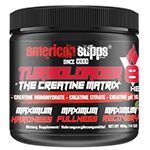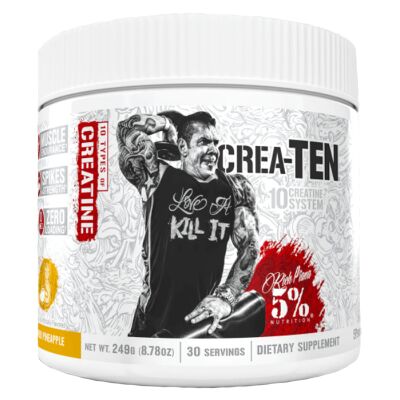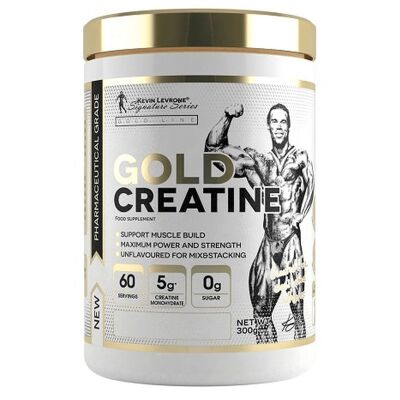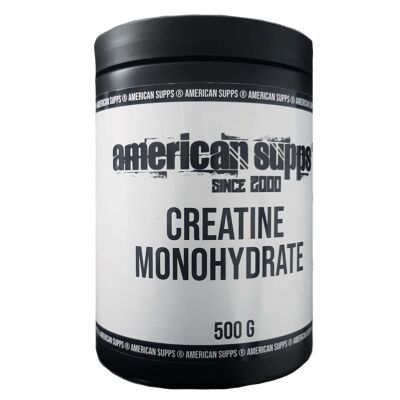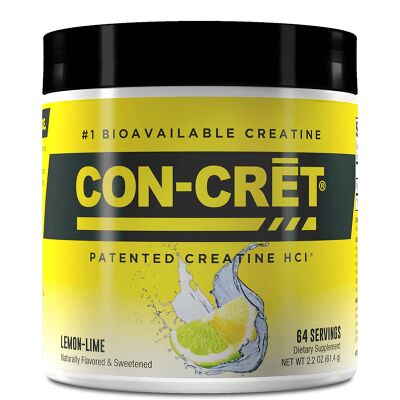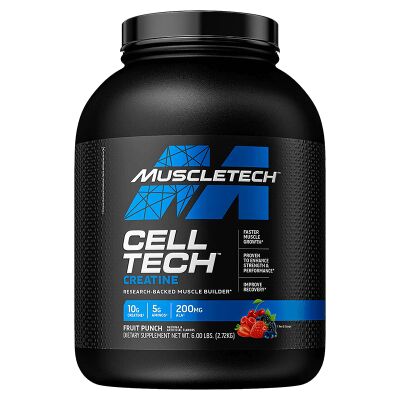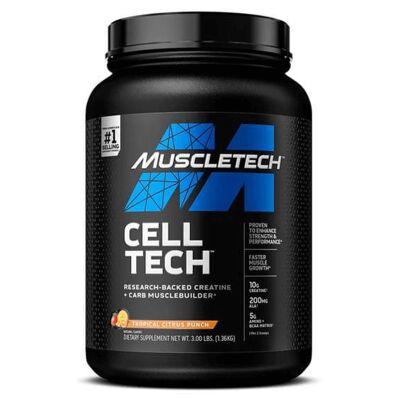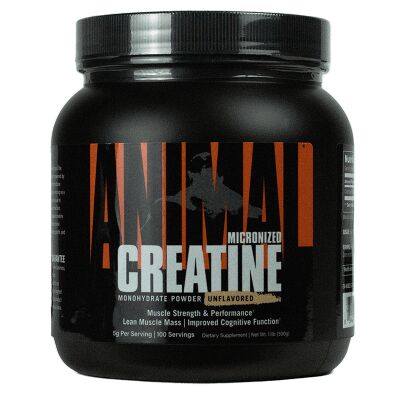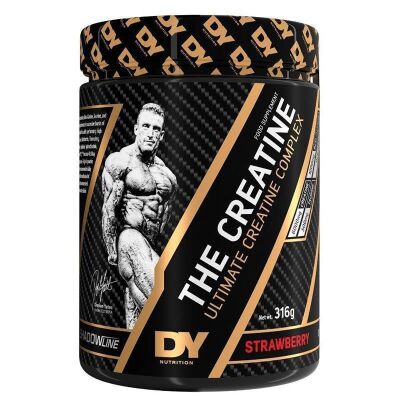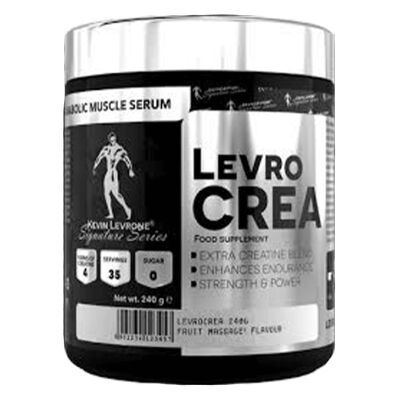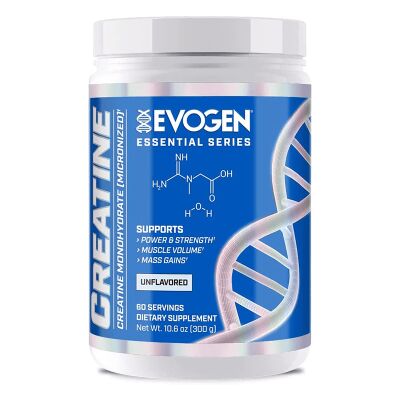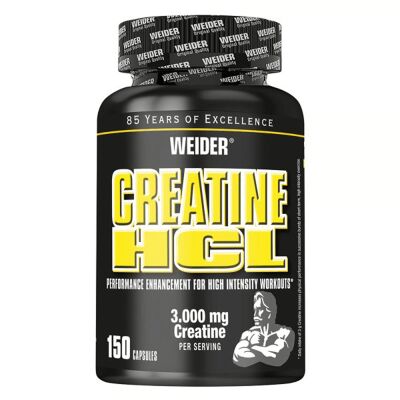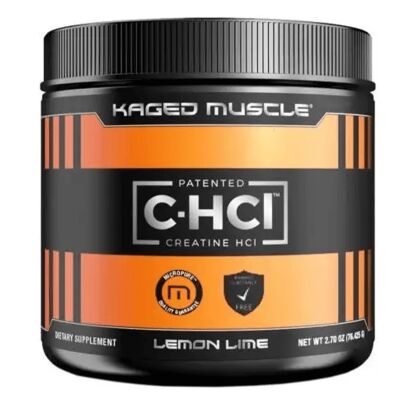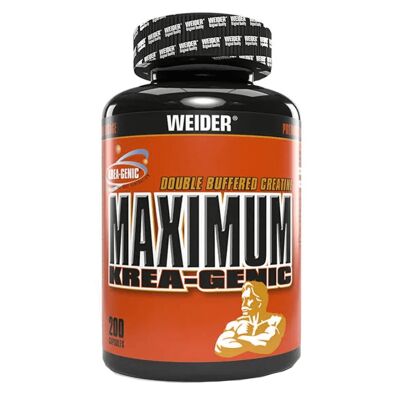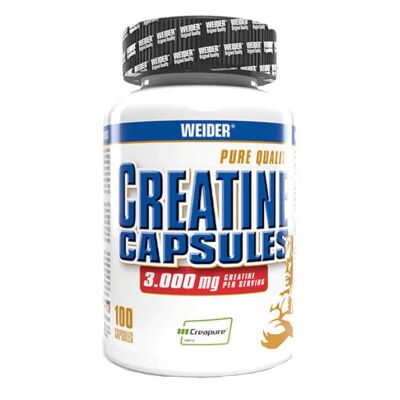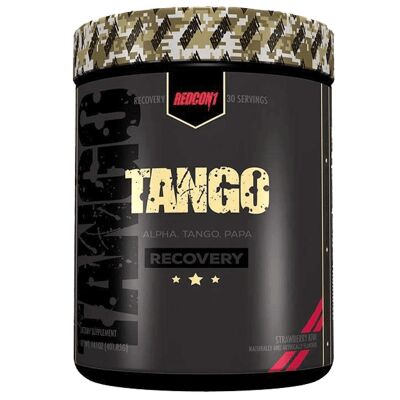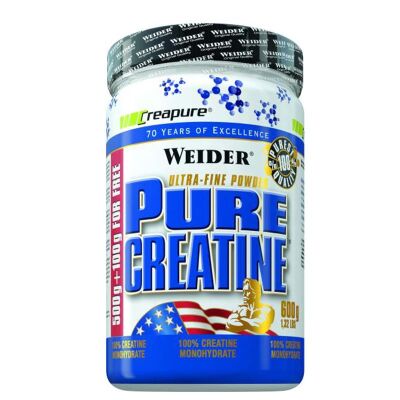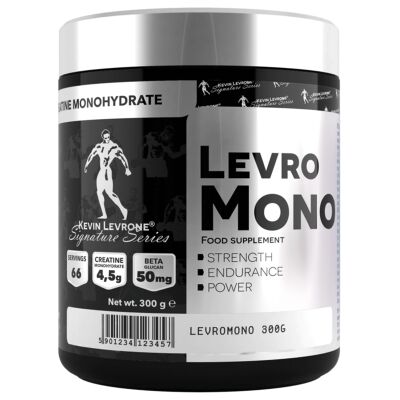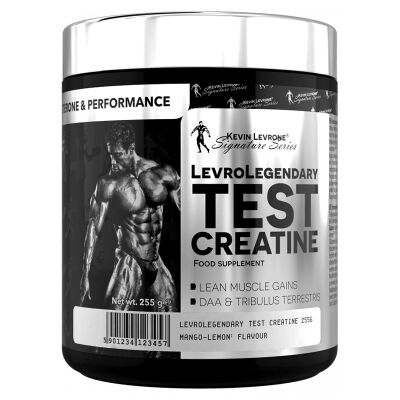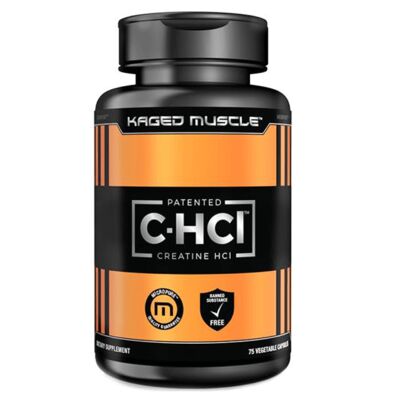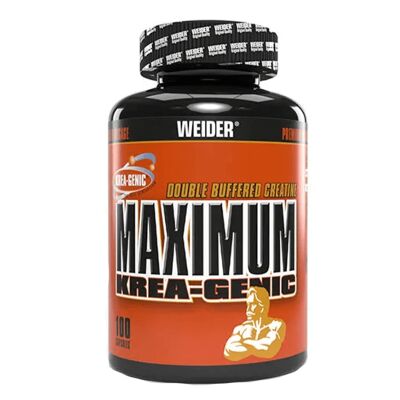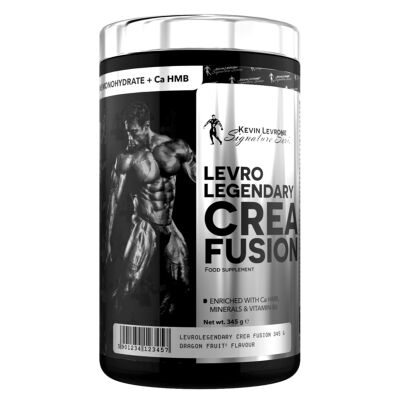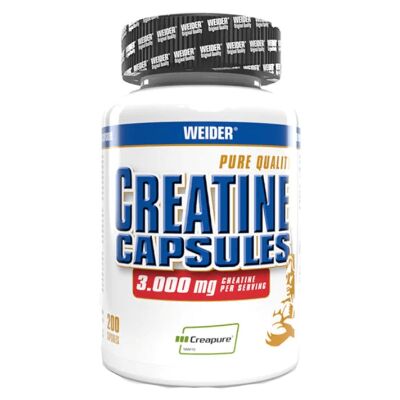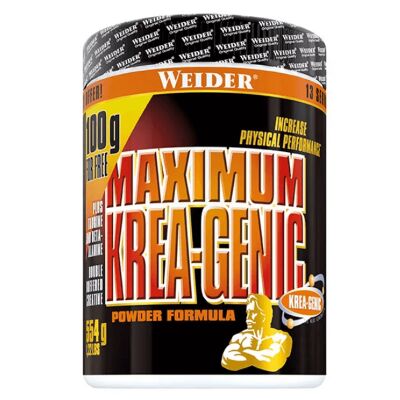Creatine
- SKU:
- PD-05206
- Variations in:
- Flavour
- GTIN:
- 850006755172
- Manufacturer:
-
 Rich Piana 5% Nutrition
Rich Piana 5% Nutrition
- Shipping weight:
- 0,25 kg
- Item weight:
- 0,25 kg
- SKU:
- PD-13219
- GTIN:
- 5903719202053
- Manufacturer:
-
 Kevin Levrone Signature Series
Kevin Levrone Signature Series
- Shelf life:
- 01.02.2026
- Shipping weight:
- 0,30 kg
- Item weight:
- 0,30 kg
- SKU:
- PD-01295
- GTIN:
- 5201021721508
- Manufacturer:
-
 American Supps
American Supps
- Shelf life:
- 25.08.2025
- Shipping weight:
- 0,50 kg
- Item weight:
- 0,50 kg
- SKU:
- PD-01255
- Variations in:
- Flavour
- GTIN:
- 682676703647
- Manufacturer:
-
 ProMera Sports
ProMera Sports
- Shipping weight:
- 0,06 kg
- Item weight:
- 0,06 kg
- SKU:
- PD-02001
- Variations in:
- Flavour
- GTIN:
- 631656703214
- Manufacturer:
-
 Muscletech
Muscletech
- Shipping weight:
- 2,70 kg
- Item weight:
- 2,70 kg
- SKU:
- PD-02270
- Variations in:
- Flavour
- GTIN:
- 631656703191
- Manufacturer:
-
 Muscletech
Muscletech
- Shipping weight:
- 1,40 kg
- Item weight:
- 1,40 kg
- SKU:
- PD-32795
- Variations in:
- Flavour
- GTIN:
- 039442147011
- Manufacturer:
-
 Universal Nutrition
Universal Nutrition
- Shipping weight:
- 0,50 kg
- Item weight:
- 0,50 kg
- SKU:
- PD-06898
- Variations in:
- Flavor
- GTIN:
- 5949106122504
- Manufacturer:
-
 Dorian Yates Nutrition
Dorian Yates Nutrition
- Shipping weight:
- 0,32 kg
- Item weight:
- 0,32 kg
- SKU:
- PD-13067
- Variations in:
- Flavour
- GTIN:
- 5903719217286
- Manufacturer:
-
 Kevin Levrone Signature Series
Kevin Levrone Signature Series
- Shipping weight:
- 0,24 kg
- Item weight:
- 0,24 kg
- SKU:
- PD-01273
- Variations in:
- Flavour
- GTIN:
- 817189029032
- Manufacturer:
-
 Evogen Nutrition
Evogen Nutrition
- Shipping weight:
- 0,30 kg
- Item weight:
- 0,30 kg
- SKU:
- PD-91103
- GTIN:
- 4044782317310
- Manufacturer:
-
 Weider
Weider
- Shelf life:
- 01.08.2025
- Shipping weight:
- 0,10 kg
- Item weight:
- 0,10 kg
- SKU:
- PD-13228
- Variations in:
- Flavour
- GTIN:
- 614458999771
- Manufacturer:
-
 Kaged Muscle
Kaged Muscle
- Shipping weight:
- 0,56 kg
- Item weight:
- 0,56 kg
- SKU:
- PD-91104
- GTIN:
- 4044782115992
- Manufacturer:
-
 Weider
Weider
- Shelf life:
- 01.09.2025
- Shipping weight:
- 0,10 kg
- Item weight:
- 0,10 kg
- SKU:
- PD-91106
- GTIN:
- 4044782317419
- Manufacturer:
-
 Weider
Weider
- Shelf life:
- 01.04.2026
- Shipping weight:
- 0,10 kg
- Item weight:
- 0,10 kg
- SKU:
- PD-12246
- Variations in:
- Flavour
- GTIN:
- 850004759417
- Manufacturer:
-
 Redcon1
Redcon1
- Shipping weight:
- 0,40 kg
- Item weight:
- 0,40 kg
- SKU:
- PD-91105
- GTIN:
- 4044782317112
- Manufacturer:
-
 Weider
Weider
- Shelf life:
- 01.02.2026
- Shipping weight:
- 0,60 kg
- Item weight:
- 0,60 kg
- SKU:
- PD-31135
- GTIN:
- 5901764788676
- Manufacturer:
-
 Kevin Levrone Signature Series
Kevin Levrone Signature Series
- Shelf life:
- 01.12.2025
- Shipping weight:
- 0,30 kg
- Item weight:
- 0,30 kg
- SKU:
- PD-13301
- Variations in:
- Flavour
- GTIN:
- 5903719237055
- Manufacturer:
-
 Kevin Levrone Signature Series
Kevin Levrone Signature Series
- Shipping weight:
- 0,26 kg
- Item weight:
- 0,26 kg
- SKU:
- PD-13227
- GTIN:
- 614458999795
- Manufacturer:
-
 Kaged Muscle
Kaged Muscle
- Shelf life:
- 01.04.2025
- Shipping weight:
- 0,10 kg
- Item weight:
- 0,10 kg
- SKU:
- PD-91118
- GTIN:
- 4044782115893
- Manufacturer:
-
 Weider
Weider
- Shelf life:
- 01.09.2025
- Shipping weight:
- 0,10 kg
- Item weight:
- 0,10 kg
- SKU:
- PD-01369
- Variations in:
- Flavour
- GTIN:
- 5903719241908
- Manufacturer:
-
 Kevin Levrone Signature Series
Kevin Levrone Signature Series
- Shipping weight:
- 0,35 kg
- Item weight:
- 0,35 kg
- SKU:
- PD-02181
- GTIN:
- 4044782317617
- Manufacturer:
-
 Weider
Weider
- Shelf life:
- 01.02.2026
- Shipping weight:
- 0,10 kg
- Item weight:
- 0,10 kg
- SKU:
- PD-09071
- GTIN:
- 4044782318218
- Manufacturer:
-
 Weider
Weider
- Shelf life:
- 01.04.2026
- Shipping weight:
- 0,55 kg
- Item weight:
- 0,55 kg
